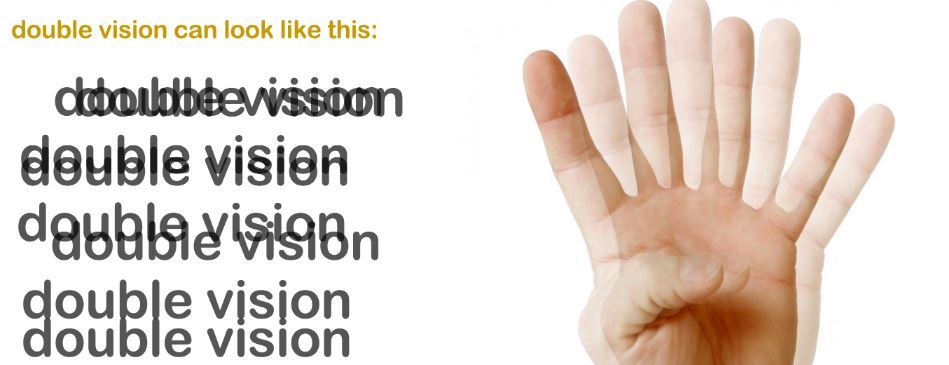.png)
Causes of diplopia or double vision can be a challenge for eye care practitioners to diagnose as they can be benign but also can be life and sight threatening. Is the cause of your patient’s diplopia merely uncorrected astigmatism or could it be a sign of a possible brain tumour?
We first need to determine whether the diplopia is monocular or binocular. Generally, if the diplopia goes away when one eye is closed, this means that the patient is experiencing binocular diplopia, whereas if the diplopia persists, this indicates that the patient is experiencing monocular diplopia. In most cases, monocular diplopia does not warrant a neurological evaluation and treatment involves addressing the underlying cause.
Some examples of causes of monocular diplopia include:
- Optical aberrations such as uncorrected astigmatism and ectasiasOcular surface dysfunction such as dry eye
- Macular disorders
- Lens disorders such as cataracts or displaced intraocular lens
There are many different presentations and causes of binocular diplopia and in the worse case scenario, a life or sight threatening cause may be underlying.

Knowing the direction (vertical vs horizontal), onset (sudden vs long standing), and committance (comitant vs non comitant) of the diplopia can guide our clinical diagnosis.
We need to evaluate the motility of the eyes individually and together. Ocular alignment should be evaluated in all gazes and at both distance and near.
Some examples of causes of binocular diplopia include:
- Vascular disorders such as aneurysms, diabetes and stroke
- Myasthenia gravis
- Strabismus and binocular vision conditions such as convergence insufficiency
- Brain tumour or other cranial involvement (such as cranial nerve palsies) affecting EOM movement
Red flags for urgent referral in association with bilateral diplopia include:
- New headache or ocular pain
- Unilateral pupil dilation
- Neurological features or fatigability
- Ptosis
- Facial trauma
- Papilloedema
The main treatment objective in patients with binocular diplopia is to create the largest, most central area of single binocular vision, however this may not be achievable in all fields of gaze. Patients may adopt an abnormal head position in order to overcome their diplopia.
Conservative approaches to managing binocular diplopia include occlusion of the vision in one eye, vision therapy and refractive correction including the use of prisms. Less conservative options include surgery, in cases where the strabismus is stable.